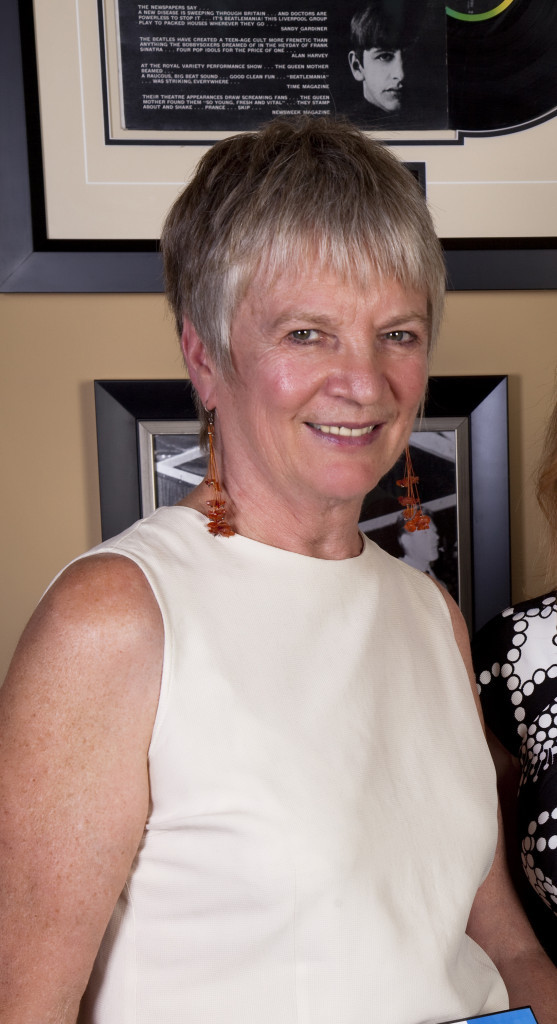Helen Daniels examines arts in the sleepy suburbs
By Julia Siedlanowska, Staff Writer
When comparing the suburbs to Vancouver, there’s a prevailing assumption that there isn’t much going on in the realm of the arts outside of the big city.
But as far as engagement goes, the suburbs “provide more opportunities in some ways than in Vancouver,” according to Helen Daniels, who was executive director for Arts Connect (the arts council serving the Tri-Cities) for 11 years and was also on the board of the Assembly for BC Arts Council (now ArtsBC).
“Because the Tri-Cities are smaller we can take a different approach than maybe an arts council in Vancouver might,” she explained.
She found that while art might be most drawn to Vancouver, artists are more drawn to the suburbs.
“Most of the people that I know that are involved in the arts here… a lot of them live out here and do their art in Vancouver,” Daniels said of Port Moody, where she currently resides.
This raises the obvious question: why not create your art for your local audience?
Part of the problem is that there is less of a demand for art in the suburbs than in Vancouver. However, it is not only up to patrons or the artists to create a demand—it is a synergy between the two.
“I think we need to grow the audience and I think it starts with developing that appreciation in kids,” Daniels said. “I think if they appreciate the arts and creativity, they develop a bit of a different mindset, more openness, more openminded to different ideas, to different cultures. It creates a rounder, fuller person as a citizen.”
She also explored the idea that people might not know where they can find art in the suburbs.
“I think that a lot of people move here from Vancouver and so I think that in some ways the audience is here. It’s partly about marketing it to them and creating awareness of what’s here,” she said.
“I think art needs to be more visible here. We need to see more public art and more things that are relatively inexpensive to do.”
One example Daniels gave was about a project in East Vancouver that involved painting poetry on buildings along a certain route.
“It’s just little things like that. They don’t have to be huge sculptures, but just things that catch your attention,” she said.
This sort of spontaneity is probably the thing that is missing most in the suburbs. Perhaps it’s a symptom of family life that stifles the impulse to see some theatre or dance.
Though if art were more around us and more familiar, it wouldn’t even take an effort to be a patron.


